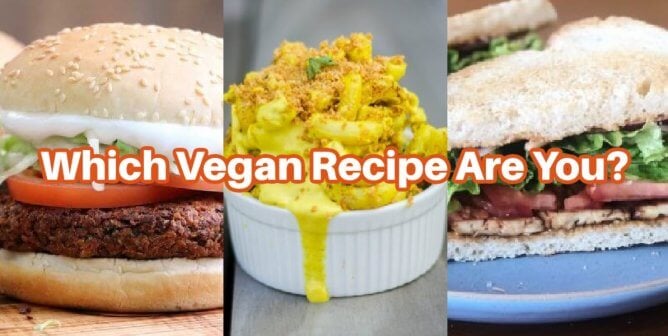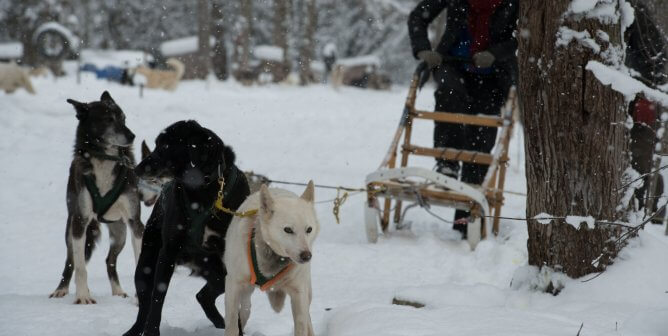PETA’s ‘Humane Meat’ Quiz: Do You Know How Animals Used for Food Really Live?
Do you know what certain labels on animal-derived products—such as “free-range,” “cage-free,” and “ethically raised”—really mean? PETA makes it easy to test your knowledge: Take the “humane meat” quiz below to discover the reality of using animals for food.
Take PETA’s “Humane ” Meat Quiz Now:
What Can You Do to Keep Cruelty to Animals off Your Plate?
Humane-washed labels never deliver what they seemingly promise. The products they’re slapped onto still cause animals intense, lifelong suffering. For help getting started going vegan, try PETA’s 3-Week Vegan Challenge.
If you’ve recently purchased animal-derived products with “humane” labels and believe you were misled, please contact PETA today.




